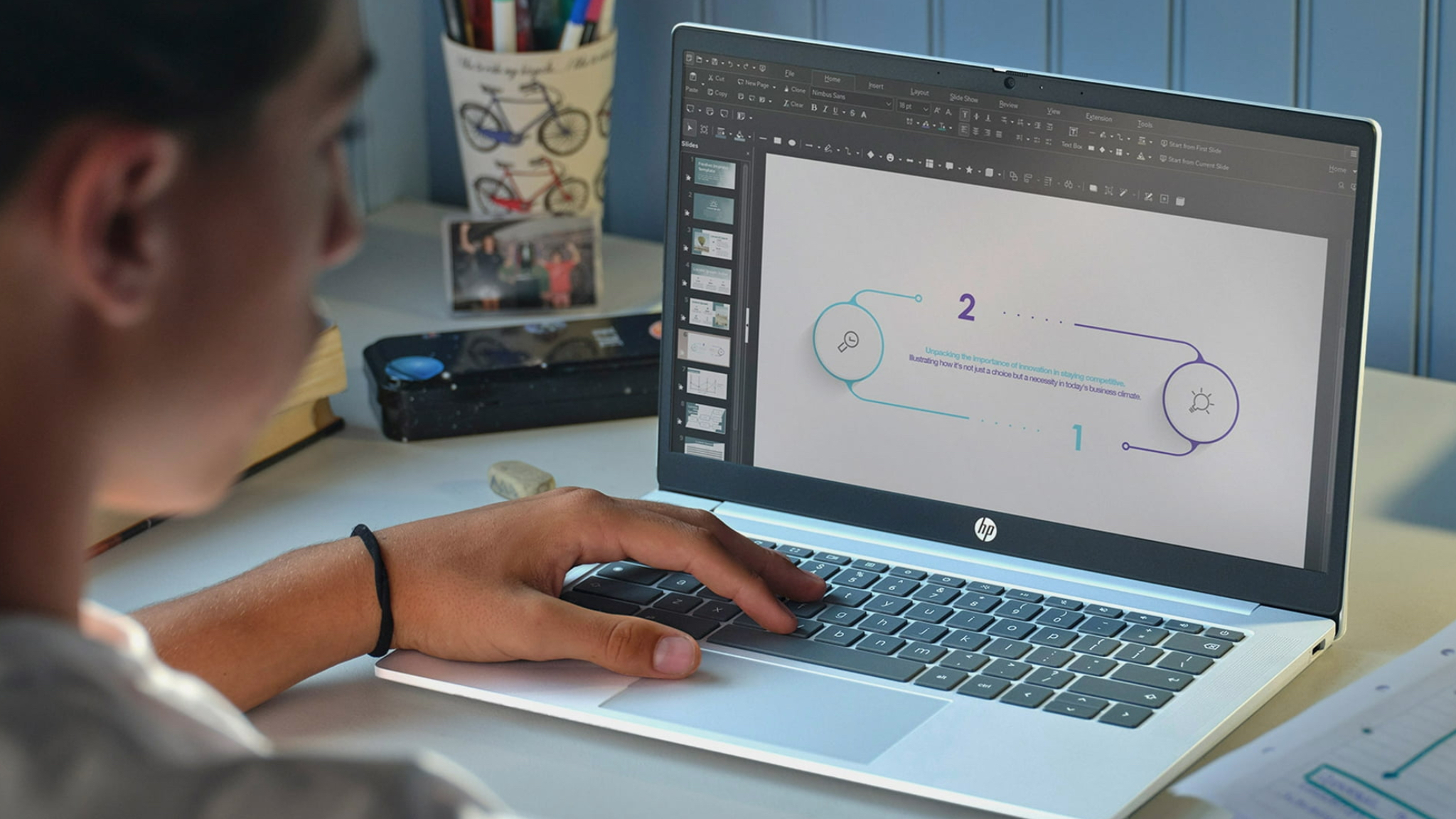Amazon Echo Show 10 vs. Nest Hub Max: Which smart display is better?
Amazon's display stays on a swivel, while Google's display knows who you are and adjusts accordingly.
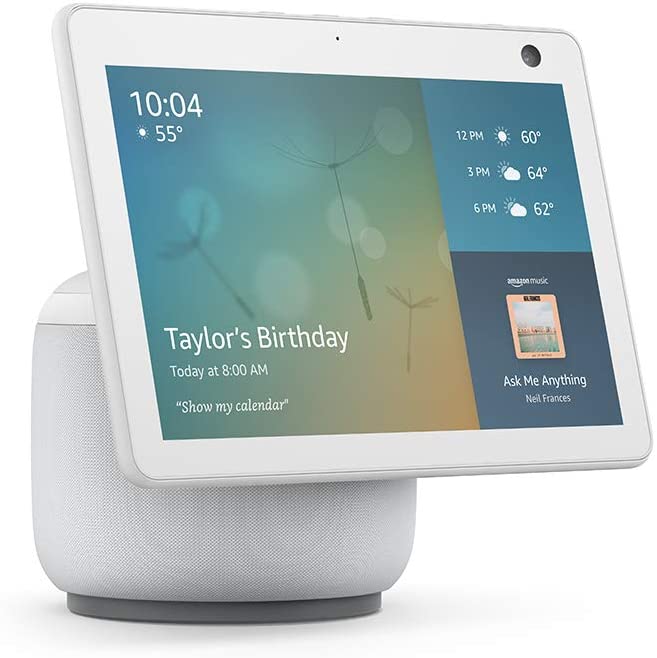
Alexa on the move
The Amazon Echo Show 10 is a game-changing smart display that tracks you around a room with its crystal-clear 13MP camera and multiple AI chips. The sound quality is superb and also follows you around the room, and Alexa responds faster than ever.
Pros
- Rotating screen silently follows you in full semi-circle
- 13MP Camera is perfect for video calls
- Sound quality is amazing, directional
- Low Power mode
- Privacy features
- Sentry mode security camera
Cons
- Requires lots of room to move around
- Alexa Guard Plus subscription for security features
- Expensive
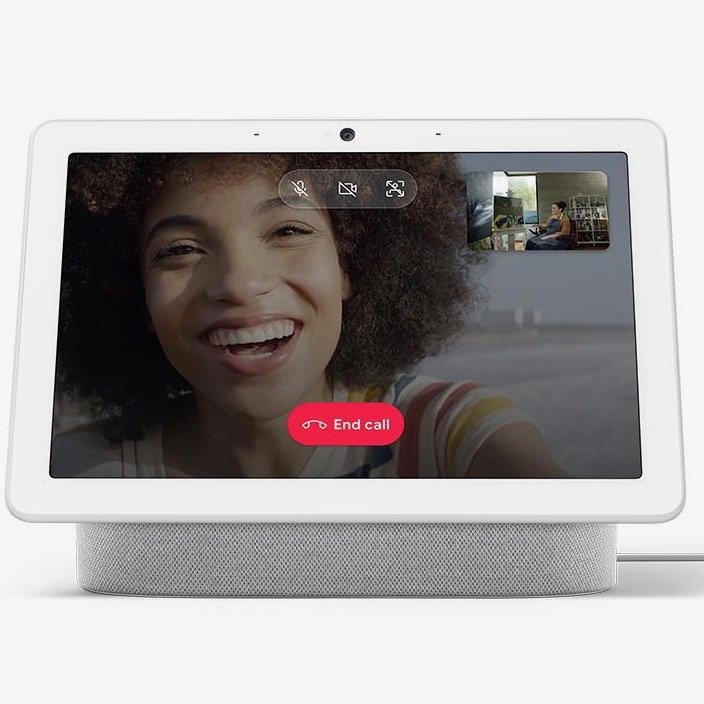
Knows your face and voice
The Nest Hub Max was designed to cater to multiple people at once. It remembers faces and voices, and once it spots you it gives you specific info and recommendations based on your user profile and Google account. Without a doubt, this is one of the best smart displays available today.
Pros
- 127-degree wide-angle camera
- Facial and voice matching
- Quick gestures
- Fantastic audio quality
- Auto-dimming screen
- Long list of Google Assistant-compatible devices
Cons
- Rear-firing speakers can cause sound issues
- Mic/camera cover turns off both at once
- Expensive
The Nest Hub Max and Echo Show 10 (3rd Gen) are two 10-inch high-end smart displays that give you all the best features Google and Amazon have to offer. We rated both displays highly in our reviews, but both have distinct perks (and drawbacks) that'll make one a better fit for you than the other.
Amazon's large screen Echo can rotate to follow people around the room, has a far superior camera for video calls, and has two separate processors for lightning-fast Alexa commands. Yet Google still has a few tricks up its sleeve like facial recognition and quick gesture controls that Amazon hasn't matched yet. Here's everything you need to know about the Echo Show 10 vs Nest Hub Max before choosing one.
Amazon Echo Show 10 vs. Nest Hub Max: Comparing tracking and camera tech
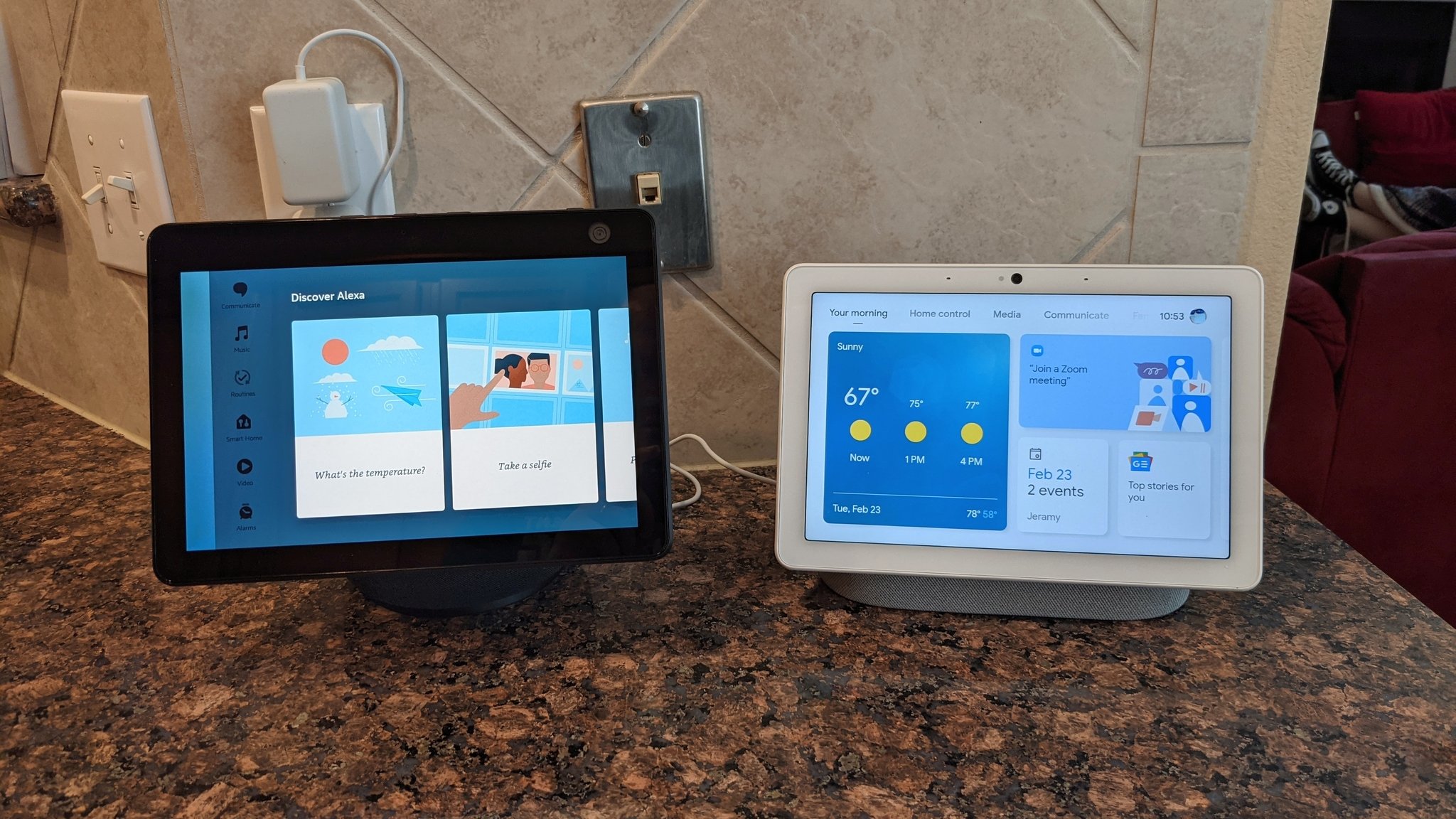
Both the Echo Show 10 and Nest Hub Max can track your location as you move around a room. For the Nest Hub Max, this is mostly limited to video calls — the 6.5MP camera has a 127-degree wide-angle lens that can digitally zoom in on your face as you move, so the person on the other end of the call doesn't lose sight of you even when you're busy. Of course, this only works to an extent since the Max cannot rotate if you move out of its line of sight.
With the Echo Show 10, no matter where you go in the room, you'll never lose sight of what you're watching or who you're talking to.
The Amazon Echo Show 10's 13MP camera not only tracks you during calls, but moves its screen to follow you thanks to its motorized, rotating top. During setup, you'll map the room to ensure the screen can fully rotate to follow you; if there's an obstruction, it'll sense it before hitting it, ask you if it's temporary or permanent, and adjust its rotation path accordingly. Once set up, it'll sense and track you around the room, so you'll always have a direct line of sight on whatever info Alexa is giving you. In our testing, its tracking tech was spot-on.
The Echo Show 10 screen can turn 175 degrees in either direction from its default position, meaning it can face backward but can't do a full circle. You can also move or tilt the screen manually. When rotating, the brushless motor is virtually silent, so the noise won't annoy you; but you can also tell Alexa to stop tracking you if the movement bothers you for other reasons.
Fact is, even without the rotation gimmick, the 13MP camera is really helpful for people who work from home or want to video call distant relatives. In our Echo Show 10 (3rd Gen) review, we found the camera captures a very crisp video feed, useful for group calls through the Alexa app. You can also take photo booth selfies with fun stickers, then automatically upload them to Amazon Photos.
We tested the tracking capabilities of both smart displays. Our Nest Hub Max reviewer said that the track and zoom feature worked best if you are within six to eight feet of the display in proper lighting. As for the Echo Show 10, it can track people fully up to ten feet away.
Get the latest news from Android Central, your trusted companion in the world of Android
Amazon Echo Show 10 vs. Nest Hub Max: Privacy and data
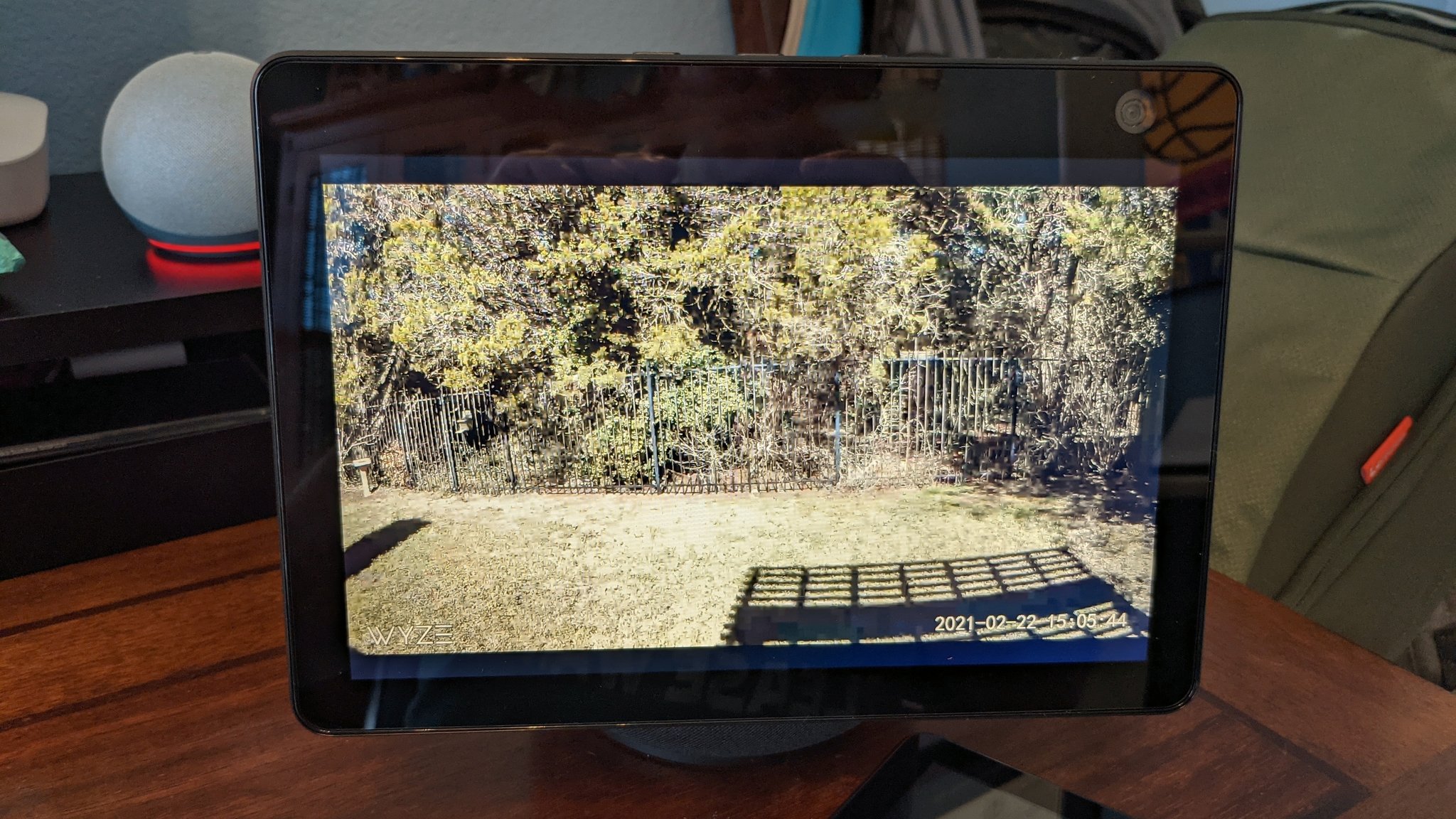
One unique Nest Hub Max feature is facial and voice recognition. Google's Face Match and Voice Match enable the smart display to recognize multiple users as different people. If you say "Hey Google", the Max will register your identity and pull up your Google account-related notifications, personal Spotify playlists, and so on. However, if it sees and hears your roommate, spouse, or child ask a question, it'll display all of their Google account notifications instead.
The newest feature added in 2022 is Look and Talk, where Face Match detects you approaching the Nest Hub Max and lets you speak to it without having to activate it with "Hey Google." And Google may soon add the option for custom wake-up phrases so you can say something else to activate your Nest from across the room.
Amazon also has optional Alexa Voice Profiles to give you personalized responses, though these Profiles must all be tied to a single Amazon Household. It doesn't have any facial matching, though; quite the opposite, it uses algorithms to scramble any captured video so no identifiable features are ever captured.
In general, both smart displays (and their companies) take privacy more seriously than they used to. Each has a physical mute switch and physical camera shutter, so you can ensure that nothing is being recorded. Neither company stores recordings by default anymore, and if you do enable recordings, you can order Alexa or Google Assistant to delete the previous recording. Both are "always listening", but they will only record or respond to the wake word. You can use Amazon's Privacy Hub or Google Assistant settings to delete all stored audio recordings.
Finally, both companies promise to keep your data private by processing visual information on the device, without relying on the cloud. The Nest Hub Max processes Face Match locally, as does the Echo Show 10 with its person recognition and tracking. No video recordings are sent to the cloud unless you activate security camera features.
Amazon Echo Show 10 vs. Nest Hub Max: Security and smart home tech
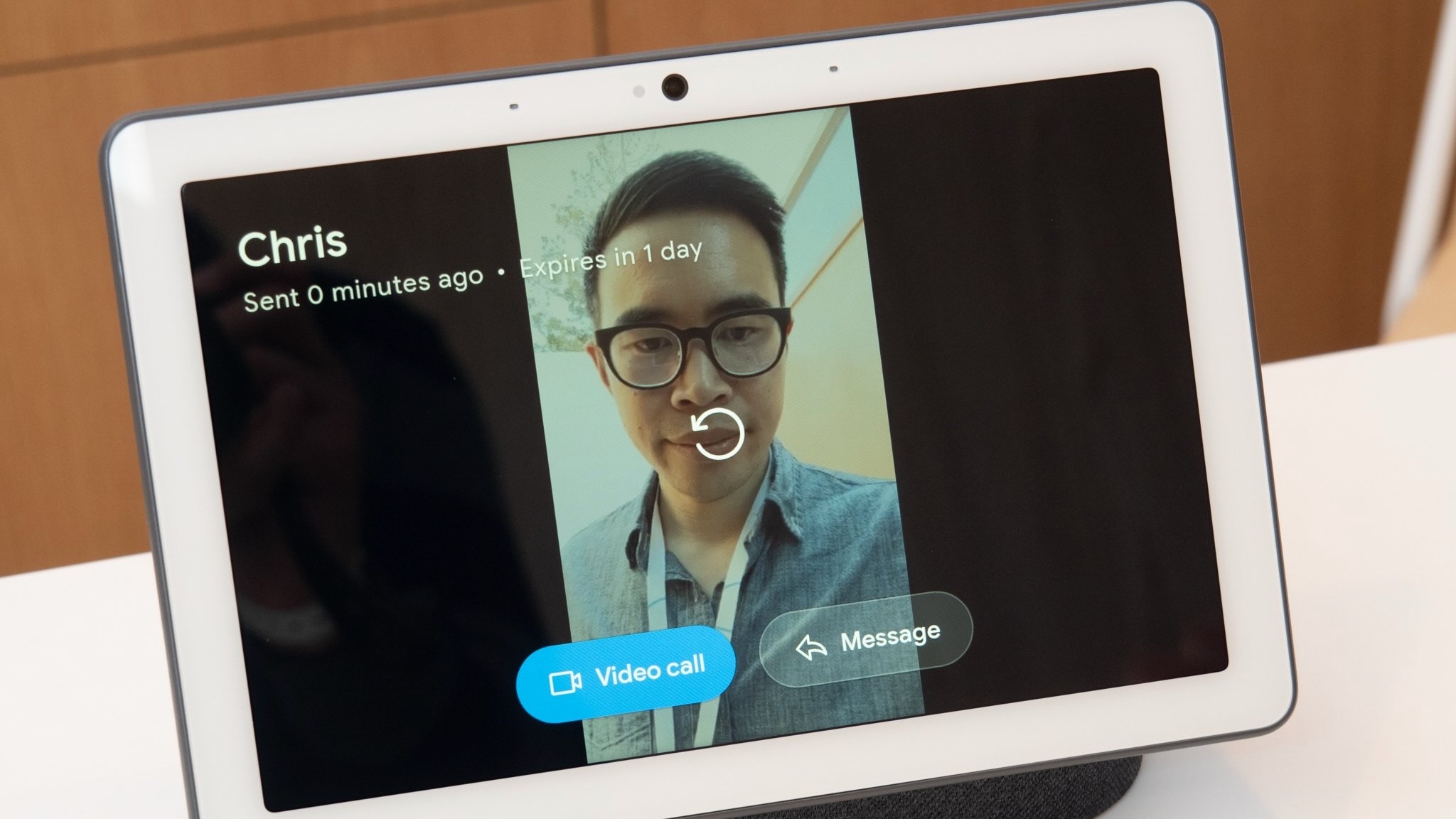
Both of these smart displays serve similar roles for smart home security. With either, you can remotely access its camera from your app and get a live view of your home, set them up to send you motion or sound alerts, or speak to someone through the display remotely with two-way audio. Or, if you own other security cameras and pair them to Alexa or Google Home, you can order your assistant to pull up their feeds on your smart display.
If you want them to do more for your home security, you'll need to pay for a security subscription. With Nest Aware, your Nest Hub Max can continuously record footage to the cloud and alert you if an "unfamiliar face" enters the room. Or, with Alexa Guard Plus, you can put your Echo Show 10 in "Sentry mode" and have it periodically scan the room for intruders.
Of the two, the Echo Show 10 has more robust security features. Besides sentry mode, you can set up occupancy or vacancy-triggered routines: these either occur when unexpected motion is detected, or when no one is detected nearby. For instance, you can trigger Alexa-compatible smart lights to turn on or an alarm if your camera spots someone. It can alert you if it hears a fire alarm or glass breaking. Plus, there's the obvious fact that the 13MP camera will capture clearer footage than the Nest Hub Max's 6.5MP camera.
These smart displays have some useful security features, but a dedicated security camera will be both cheaper and more effective.
How do these smart displays compare to the best indoor security cameras in specs and features? Not very favorably. They're mainly useful for daytime monitoring when away from home, but neither can capture night-vision footage. Both rely on a monthly security subscription — the Nest Aware subscription for Google devices, or the Ring Protect subscription for Amazon devices, which bundles in Amazon Guard Plus for free. Frankly, you can buy a cheap indoor security camera that offers much better protection at a fraction of the price; either smart display is more useful to watch security footage than to generate it.
Amazon Echo Show 10 vs. Nest Hub Max: Sound quality and specs breakdown
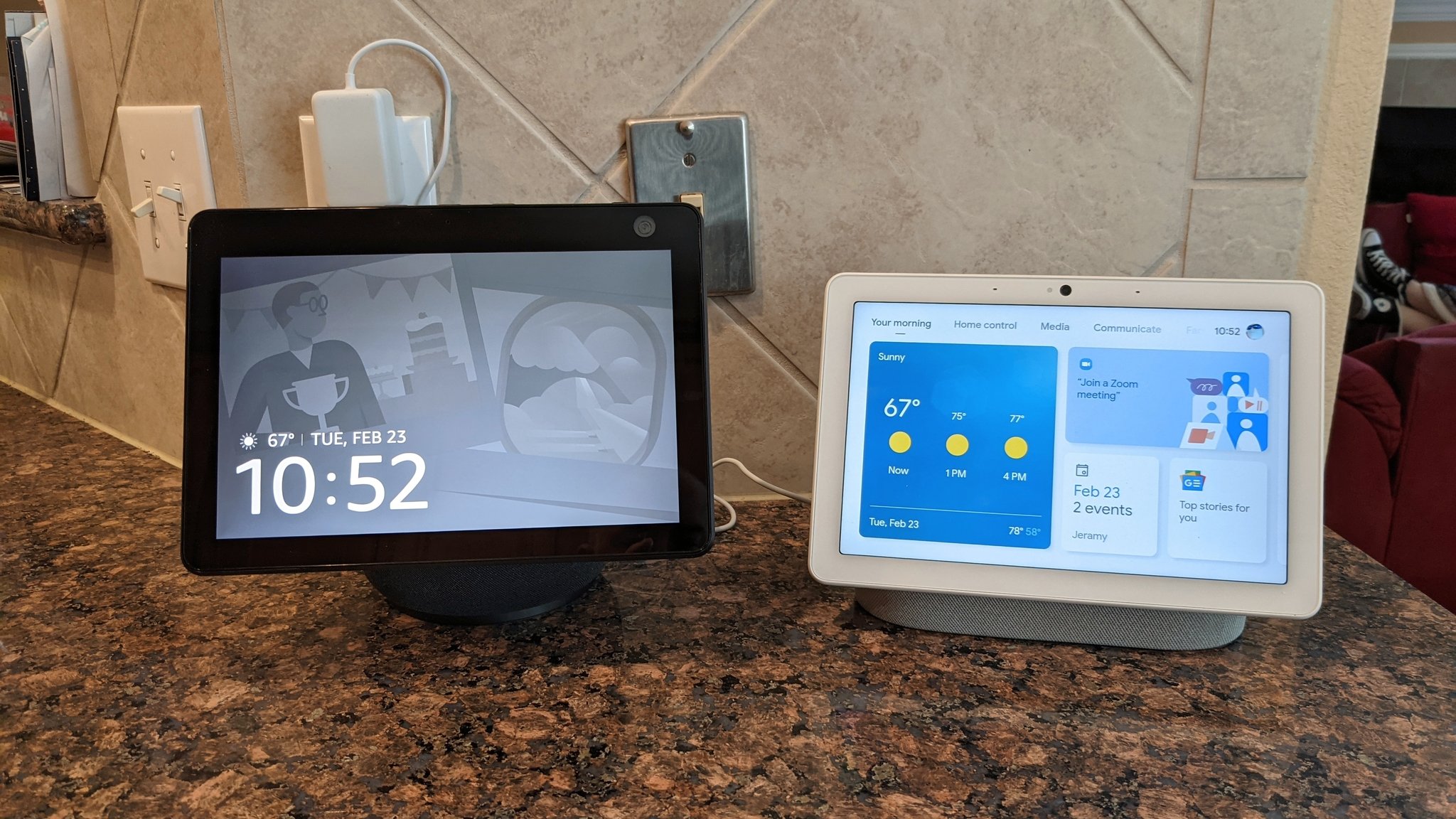
Our Nest Hub Max reviewer praised its fantastic audio quality. We were impressed by its camera tracking for video calls, as well as its mic quality for picking up commands even when the music is loud, but lamented that the rear-firing speakers caused some audio balancing issues with bass.
As for the Echo Show 10, we knew it had a slightly larger woofer and dual tweeters, but didn't know how it would perform in practice, especially as it rotated around. In practice, our reviewer raved about the Echo Show 10 speakers as some of the best Alexa speakers available. Loud and clear, the audio literally follows you around the room thanks to AI tech that focuses the speaker sound in your direction at all times.
AI smarts also help the Echo Show 10 to respond to voice commands twice as fast as the Echo Show 8. While we don't have a specific comparison between the Echo and Nest in this area, it's safe to assume that a brand-new device with two processors will have more power and speed than a 2019 device with just one chip. You can see how else these devices compare in the table below:
| Header Cell - Column 0 | Amazon Echo Show 10 | Nest Hub Max |
|---|---|---|
| Price | $250 | $230 |
| Processor | MediaTek 8183 main processor, plus second processor with Amazon AZ1 Neural Edge | Amlogic T931 |
| Smart Assistant | Alexa | Google Assistant |
| Touchscreen | 10.1-inch HD | 10-inch HD |
| Speakers | 2x1.0-inch tweeters, 1x3.0-inch woofer | 2x.7-inch 10W tweeters, 1x2.95-inch 30W woofer |
| Camera | 13MP + Shutter | 6.5MP with 127º FOV |
| Privacy controls | Physical cover for camera, electronic switch for mic | Physical cover switch for mic and camera |
| WiFi | 802.11 a/b/g/n/ac (2.4GHz/5GHz), dual-antenna (MIMO) | 802.11 b/g/n/ac (2.4GHz/5GHz) |
| Bluetooth | A2DP, AVRCP | 5.0 |
| Chromecast built-in | No | Yes |
| Smart Home Integration | Zigbee + Sidewalk | Works with Google Assistant |
| Moving camera | Brushless motor with +/- 175° rotation physically rotates device | Camera zooms in and moves to track person speaking (the Nest itself doesn't move) |
| Face Match | No | Yes |
| Voice Match | No | Yes |
| Gesture controls | No | Yes |
| Photos | Can display Amazon or Facebook photos on home screen | Can display Google Photos on home screen |
| Low Power Mode | Uses less power when not in use | Dims screen to ambient lighting when not in use |
| Security system compatibility | Works with Guard Plus | Works with Nest Aware |
| Can you delete old recordings? | Yes | Yes |
| Size | 9.89 x 9.06 x 6.77 inches | 9.85 x 7.19 x 3.99 inches |
| Weight | 5.64 lbs | 2.91 lbs |
Amazon's AZ1 chip, adaptive color photos, MIMO Wi-Fi support, and Low Power Mode make it clear that the older Nest Hub Max needs an upgrade.
Alexa's dual processors aren't just for voice commands. The Echo Show 10 has a cool new feature called adaptive color, which takes your Amazon Photos on the home screen and "blends on-screen colors with the tone and hue of the room environment for more natural images". The Nest Hub Max also lets you put Google Photos on the home screen, and dims the display to the same level of brightness as your room when not in use, but doesn't play with the photo settings.
With either display, you get Bluetooth support for streaming from your devices and dual-band Wi-Fi for voice assistant command processing — though only Amazon has MIMO support and dual antennas. Where the Nest Hub Max shines is its built-in Chromecast, which provides faster connectivity than Bluetooth syncing can typically offer.
Along with Face and Voice Match, the Nest display also has some limited Quick Gesture support, such as holding up your hand in front of the camera to pause the music, without even having to make a verbal command.
The Echo Show 10 is made of 30% post-consumer recycled plastics and 100% post-consumer recycled fabric and aluminum thanks to Amazon's new focus on environmental efficiency. It also has a new Low Power Mode setting for all of its new Echo devices that use less electricity whenever the Echo isn't being actively used.
Amazon Echo Show 10 vs Nest Hub Max: Which should you buy?
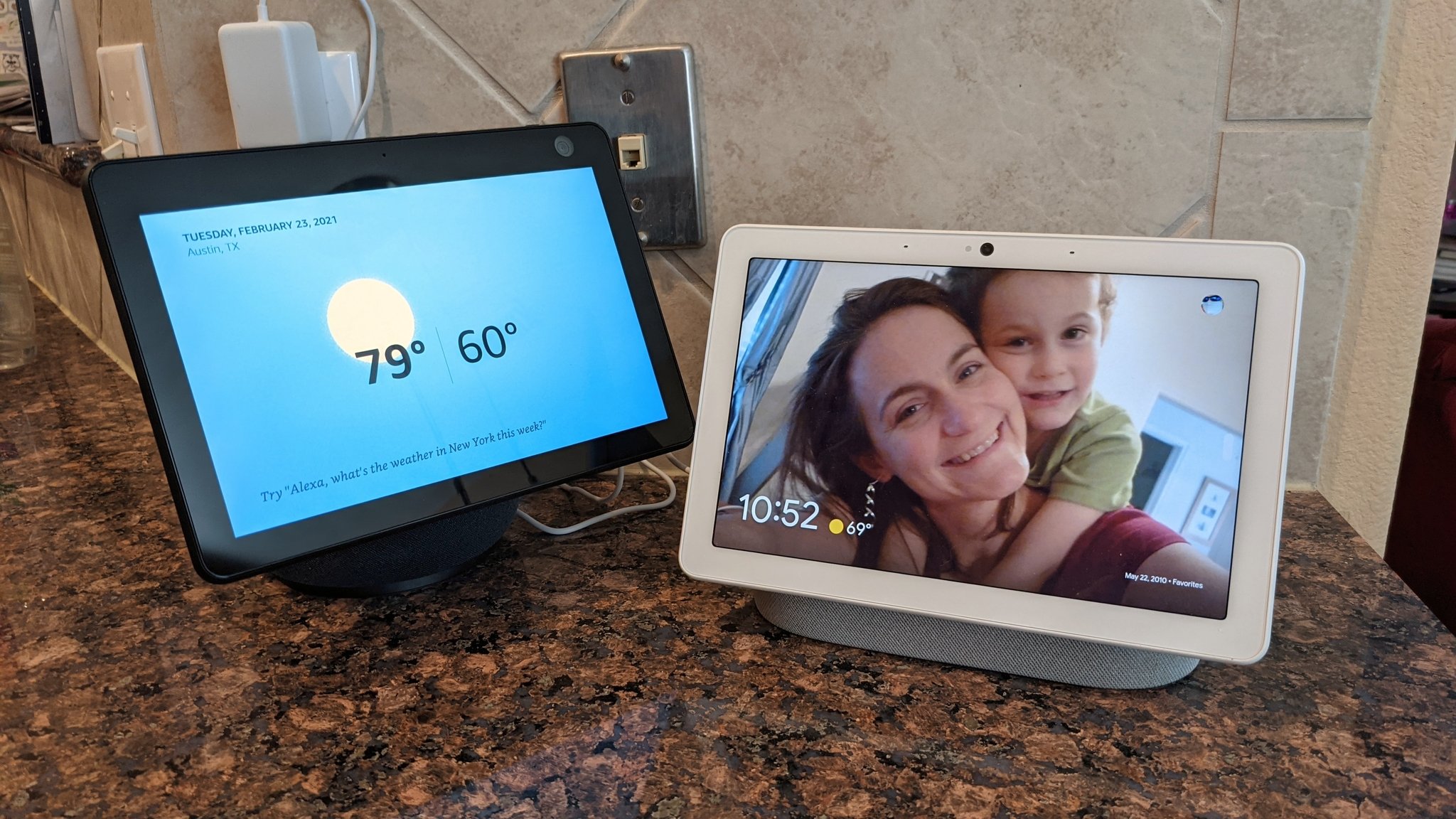
Amazon and Google's latest smart displays have comparable pricing, security camera settings, robust smart home support for third-party devices, HD resolution, auto-facial tracking so people you call get a constant close-up of you from afar, and several other features in common.
The Echo Show 10 has superior specs, but stick with the Nest Hub Max if you prefer Google Assistant to Alexa.
Where the Echo Show 10 stands out, of course, is in its mobility. So consider where in your home you would place such a smart display. On a kitchen island, for instance, having a rotating base would be incredibly useful. If you would place it against a wall, or somewhere where the Nest's 127-degree lens would capture everything anyway, you may not really need that feature.
Ultimately, you can make a case for either as the best smart display, based on where you fall on the Google Assistant vs Alexa debate. But the Echo Show 10 benefits from more powerful processing for voice commands, plus a far-superior camera with a physical shutter for privacy. By comparison, the Nest Hub Max is more dated by now, and could certainly benefit from an upgrade.

Doubles its rival's camera MP
Smart displays may never be the same. The Amazon Echo Show 10 keeps you in its sights at all times, with a high-quality camera that'll make you appear clearly during video calls even at a distance. It also doubles as a panning indoor security camera.

A base for all your Google tech
This smart display serves many purposes: a central location to link and control all of your smart home devices through Google Assistant, a bright screen to view a slideshow of all your Google Photos, a Nest Cam for home surveillance, and much more.

Michael is Android Central's resident expert on wearables and fitness. Before joining Android Central, he freelanced for years at Techradar, Wareable, Windows Central, and Digital Trends. Channeling his love of running, he established himself as an expert on fitness watches, testing and reviewing models from Garmin, Fitbit, Samsung, Apple, COROS, Polar, Amazfit, Suunto, and more.
